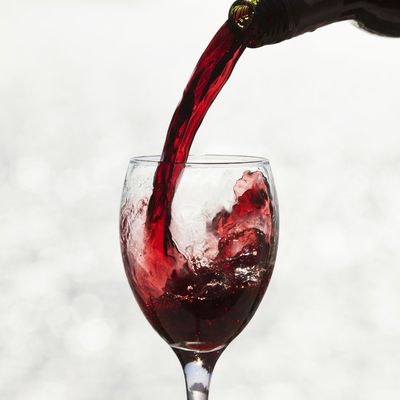
Terroir — the idea that great wine and foods taste of the place they’re from — is one of those classic concepts that’s difficult to precisely understand, with people often attributing a specific wine’s terroir to things like soil, geography, weather, and methods of production. But, as it happens, there’s something else less visible that contributes to this — the local microbes that populate the soil and live on the skin of the grapes that made your wine. Researchers had found that different regions had different populations of microbes, so one of them, Matthew Goddard of the University of Auckland in New Zealand, set out with his colleagues to figure out which bacteria and fungi could affect aroma and flavor.
Using a commercial, sterilized batch of Sauvignon Blanc grape juice from New Zealand’s Marlborough region, they added six different strains of Saccharomyces cerevisiae yeast — selected because they were representative of the country’s major winemaking regions — and analyzed the resulting wines for chemicals contributing to flavor and aroma. Through testing, they found that each batch had a distinct group of chemicals, as well as higher concentrations of chemicals responsible for certain flavors. Of the hundreds of compounds that contribute to a wine’s flavor and smell, Goddard explains, half come from yeast (“Most of the ‘fruity’ notes in wine are in fact derived from yeast, not the fruit”), yet he and his team were also able to detect a difference between the wines, despite the fact that the differences in the microbes were so minute. Goddard and his team believe this “shows that microbes have a small but significant effect,” adding, “The signal is small, but detectable.”





